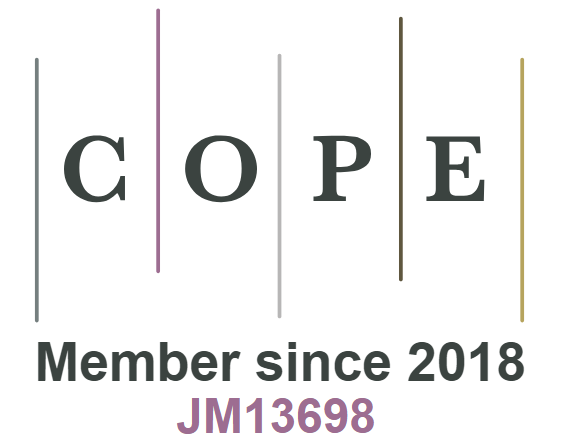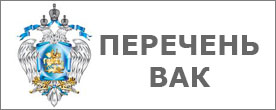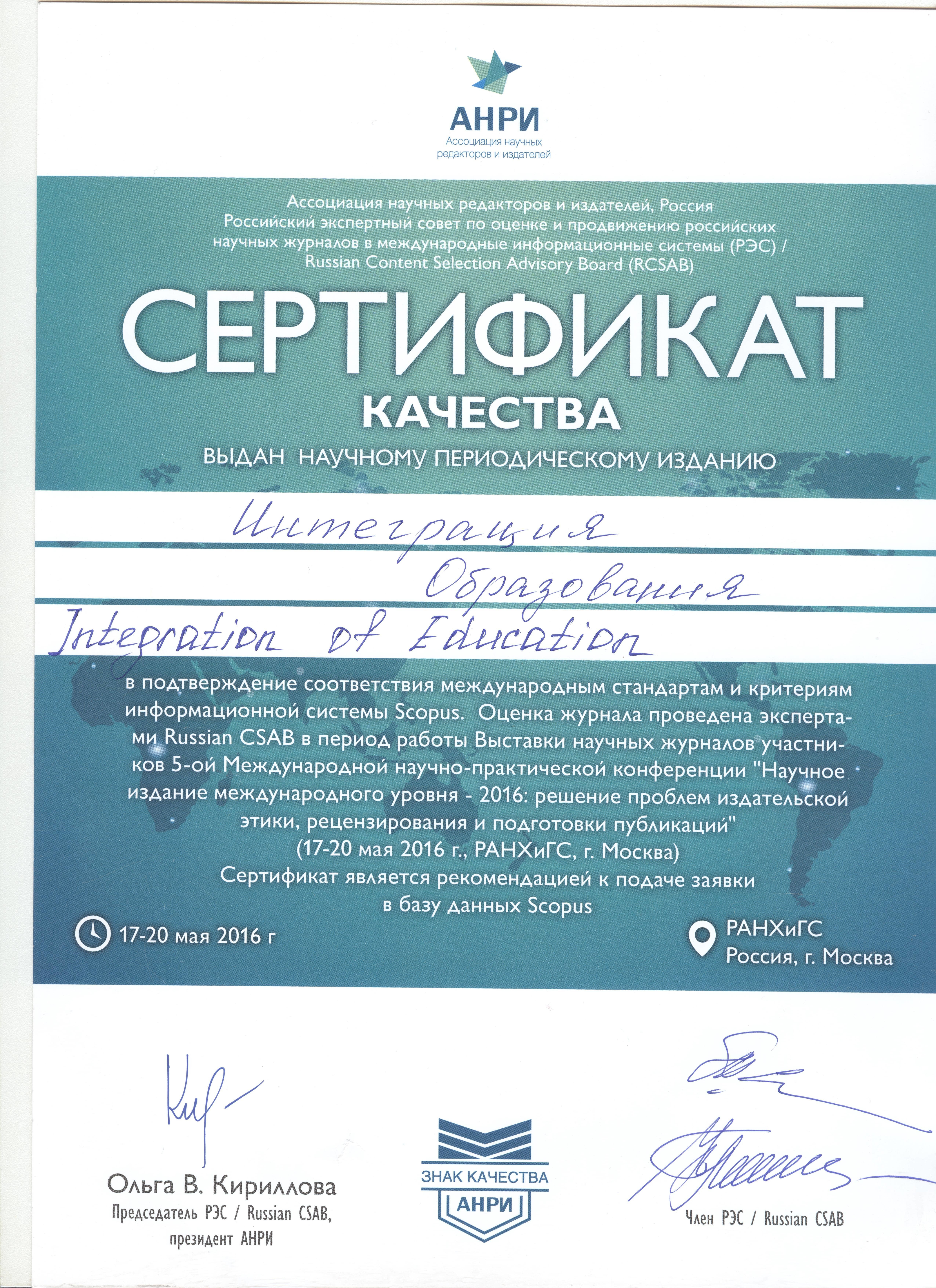UDK 377-057.875:311.3
DOI: 10.15507/1991-9468.093.022.201804.648-662
Methods for Optimization of Student’s Number in Higher Educational Institutions
Aleksandr I. Bokarev
Associate Professor, Chair of Life Safety, Omsk State Technical University (11 Prospekt Mira, Omsk 644050, Russia), Ph.D. (Engineering), ORCID: https://orcid.org/0000-0003-4712-8629, Researcher ID: F-3763-2018, This email address is being protected from spambots. You need JavaScript enabled to view it.
Еlena S. Denisova
Associate Professor, Chair of Life Safety, Omsk State Technical University (11 Prospekt Mira, Omsk 644050, Russia), Ph.D. (Biology), ORCID: https://orcid.org/0000-0003-0136-858X, Researcher ID: F-3024-2018, This email address is being protected from spambots. You need JavaScript enabled to view it.
Aleksandr M. Dobrenko
Associate Professor, Chair of Life Safety, Omsk State Technical University (11 Prospekt Mira, Omsk 644050, Russia), Ph.D. (Engineering), ORCID: https://orcid.org/0000-0001-9635-7431, Researcher ID: F-3783-2018, This email address is being protected from spambots. You need JavaScript enabled to view it.
Vitaliy S. Serdyuk
Head of Chair of Life Safety, Omsk State Technical University (11 Prospekt Mira, Omsk 644050, Russia), Dr.Sci. (Engineering), Professor, ORCID: https://orcid.org/0000-0002-1694-8651, Researcher ID: W-5709-2018, This email address is being protected from spambots. You need JavaScript enabled to view it.
Introduction. The article deals with implementation of tasks of specialists’ training by universities. The relevance is determined by a dropout trends in training years. The authors analyze the results of the specialists’ training and graduation; also they determine the goal and objectives of the research. The study purpose is to identify specialists’ training patterns and to develop methods to optimize the students’ number in training years according to the final results.
Materials and Methods. Results of training and graduates’ number for 2012-2017 comprised material for the study. An approach to provide management of assignment for higher education professionals training has been developed, and it is the students’ number optimization methodology in years of study according to the final results. It links initial and final results into one line and predicts intermediate results that ensure fulfillment of graduates’ training orders not lower than the established final results. The following general scientific methods are used in the article: compilation, benchmarking, synthesis and normative forecasting.
Results. Optimization methodologies in years of education concerning the final results were tested. The findings showed that the final result directly depends on the intermediate results; the students’ number decline can be brought to optimal values if initial and final results are determined and linked with each other.
Discussion and Conclusion. The possibility to bring students’ number reduction into line with optimal values is proved theoretically and practically if the forecast of graduation is provided. Thus the forecast of optimal intermediate results is the main link for educational management methods development for specialists’ training tasks. It is an area for further research. The contribution to science consists in the development of methods for predicting the optimal number of students in the year regarding to the final result. The article’s materials will be useful to the permanent composition of professional educational institutions for the development of measures tar geted control in the educational process.
Keywords: assignment on specialists’ training, students’ drop out, trends in specialists’ training, specialists’ graduation, optimization of students’ number
Acknowledgments: The work was carried out within the research project “Quality management of professional education based on new information technologies”. The authors are grateful to the anonymous reviewer.
For citation: Bokarev A.I., Denisova Е.S., Dobrenko A.M., Serdyuk V.S. Methods for Optimization of Student’s Number in Higher Educational Institutions. Integratsiya obrazovaniya = Integration of Education. 2018; 22(4):648-662. DOI: 10.15507/1991-9468.093.022.201804.648-662
Contribution of the authors:
Aleksandr I. Bokarev – data collection and systematization; formulation of research problem; analysis of research methodology; analysis and synthesis of research res ults; revision of the draft.
Еlena S. Denisova – review of the relevant literature; word processing.
Aleksandr M. Dobrenko – analysis of research results.
Vitaliy S. Serdyuk – scientific supervision.
All authors have read and approved the final manuscript.
Submitted 21.03.2018; revised 07.09.2018; published online 28.12.2018.

This work is licensed under a Creative Commons Attribution 4.0 License.





























